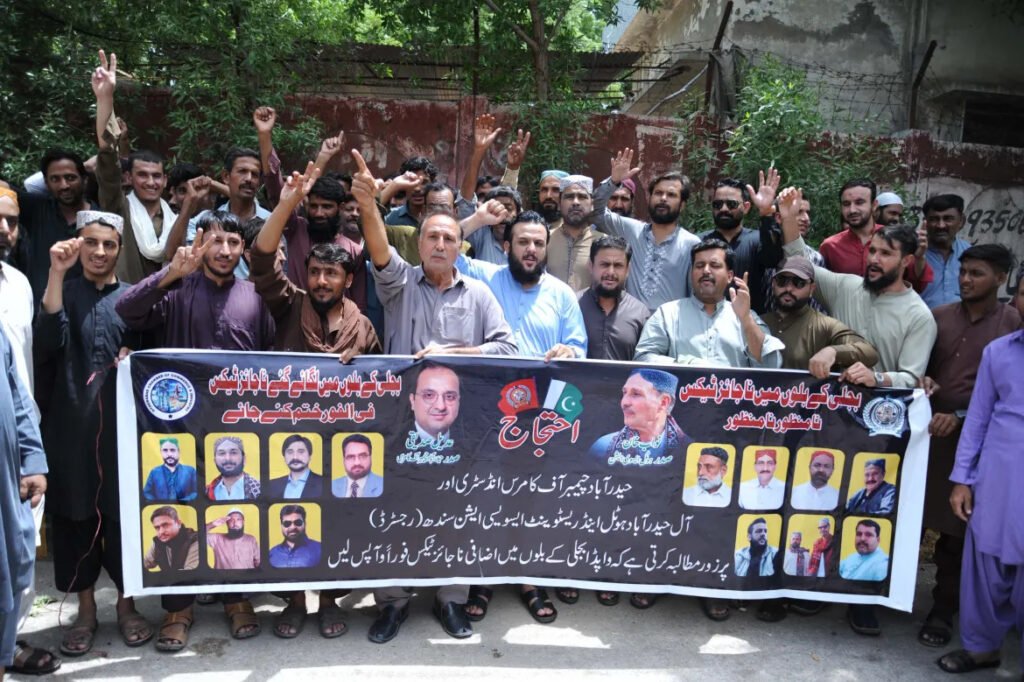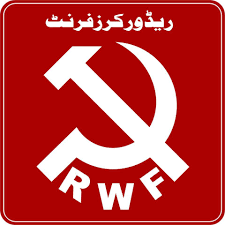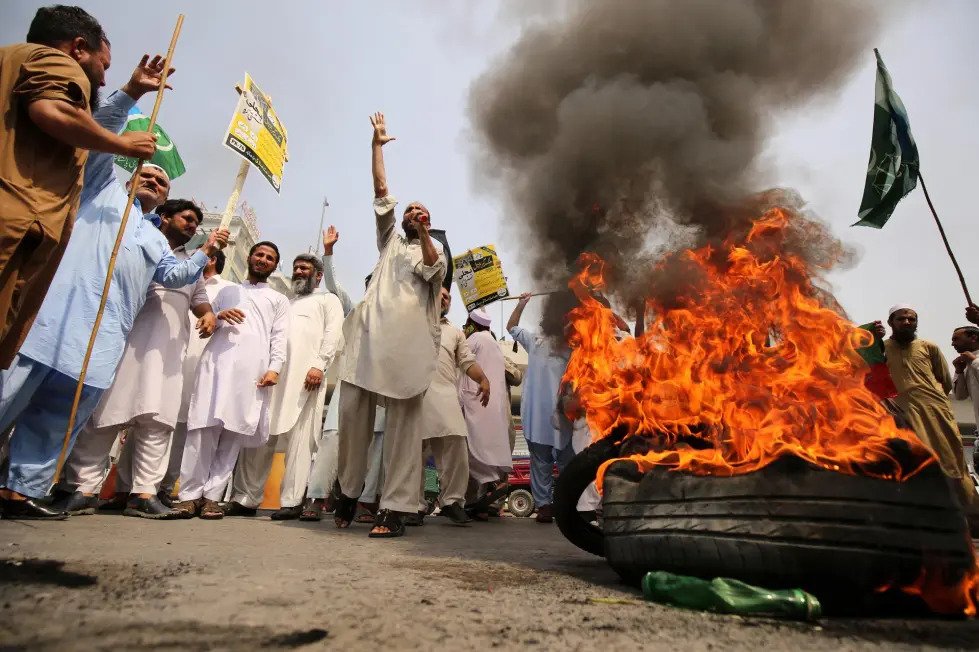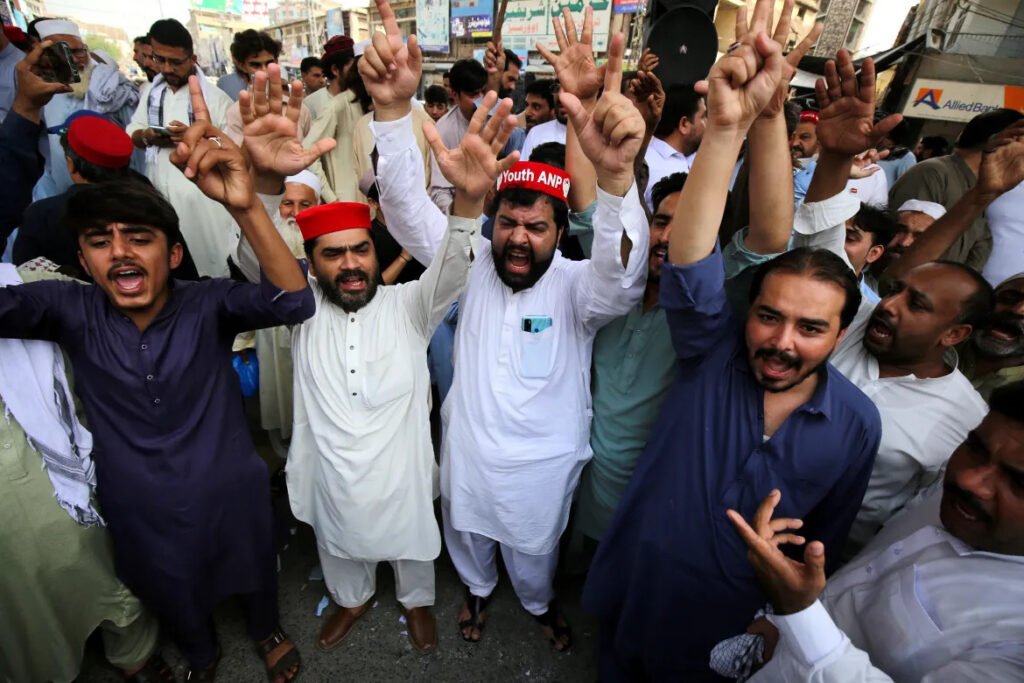
Pakistan was gripped by nationwide protests against skyrocketing electricity prices, with citizens from various walks of life demanding relief amidst the broader economic crisis. This movement, which began in Pakistan-administered Kashmir, quickly spread across the country as frustration with high electricity costs, inflation, and economic mismanagement reached a boiling point.
The Roots of the Crisis
The electricity crisis in Pakistan is part of a larger economic collapse fueled by years of mismanagement, corruption, and the burden of IMF-imposed policies. Pakistan’s government, in its attempt to meet IMF demands, has imposed heavy indirect taxes on electricity, fuel, and essential commodities. This disproportionately impacts the working class, who are now struggling to afford basic necessities such as food, medicine, and education.
Private power companies, which generate much of Pakistan’s electricity, have been accused of profiteering by exploiting the crisis. While the ruling elite and industrialists engage in widespread electricity theft, the burden of rising costs is shifted onto ordinary citizens. As a result, many working-class households have seen their electricity bills soar, leaving them with impossible financial choices.
A Growing Movement
Protests first erupted in Kashmir, where students, workers, and traders took to the streets. The movement quickly gained momentum, spreading across Pakistan, with large-scale demonstrations and strikes occurring in cities such as Lahore, Peshawar, and Karachi. Awami Action Committees, formed in earlier protests for food subsidies, played a pivotal role in organizing these protests, calling for boycotts of electricity bills and the initiation of civil disobedience.
These protests, led by the petty-bourgeoisie and intellectuals, have the support of a majority of Pakistan’s working masses, although the country’s labor unions have yet to fully mobilize in solidarity. Shopkeepers and small traders, typically aligned with the state, have joined the movement as inflation and the electricity price hikes squeeze their livelihoods.

Government Response and Challenges
The caretaker government, installed by the military to oversee upcoming elections, is too weak to offer meaningful solutions but continues to implement harsh economic measures. Fearing widespread unrest, the government has refrained from deploying force, aware that repression could escalate the protests into a full-scale movement. However, efforts to deflect public anger by blaming electricity workers are underway, with rumors of mass privatizations in the electricity sector looming.
The Red Workers’ Front (RWF), a Marxist organization, has stepped forward to build solidarity between the working class and the protest movement. Electricity workers, who face dangerous working conditions and the threat of privatization, have begun to support the protests. The RWF has called for nationalizing the power sector without compensation and placing it under workers’ control, so affordable electricity can be provided to the masses.
As Pakistan approaches its next general election, the protests against electricity prices are symptomatic of broader discontent with the economic and political status quo. The failure of successive governments to address inflation, unemployment, and corruption has eroded public trust in political parties, leaving the country on the verge of mass upheaval. The movement, if sustained and joined by the organized working class, has the potential to challenge the ruling elite and demand fundamental changes to Pakistan’s economic structure.
This crisis in Pakistan, driven by imperialist financial institutions and corrupt domestic elites, highlights the urgent need for a revolutionary response led by the working class. The call for “making the rich pay” and the nationalization of key industries represents a pathway toward justice and equity for the country’s long-suffering masses. The struggle continues, and Pakistan’s future remains uncertain as the protests gain momentum in the face of government inaction and economic collapse.



